Home>Furniture>Bedroom Furniture>How To Get Rid Of Bed Bugs On A Mattress
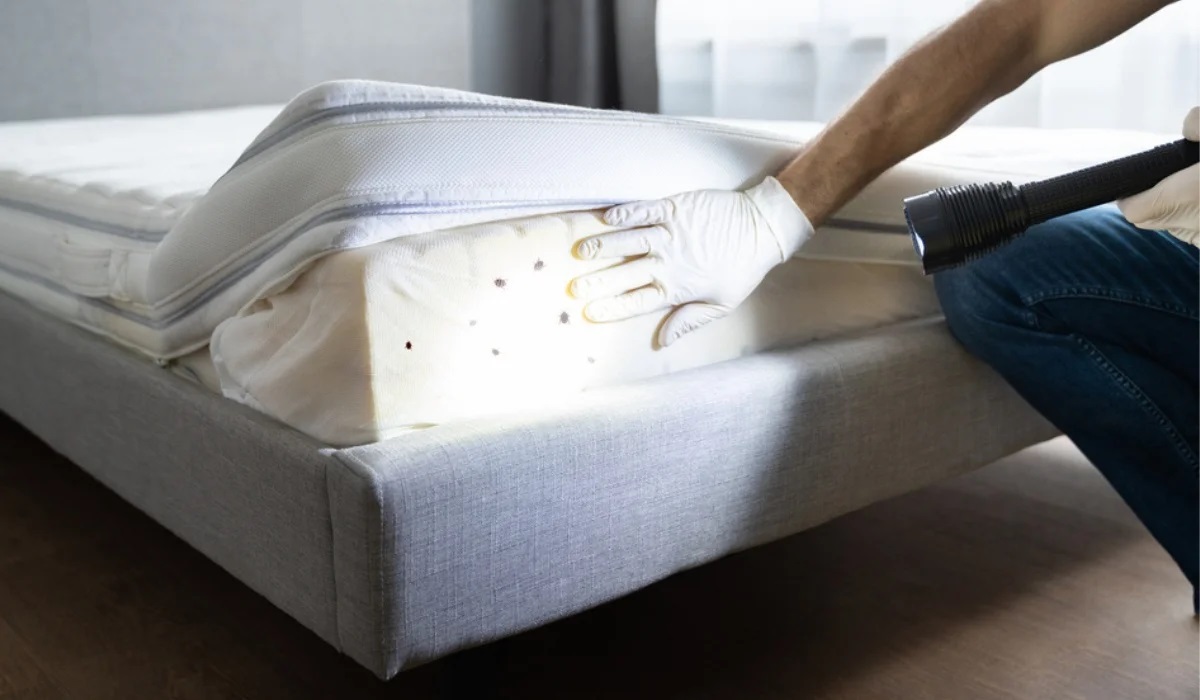

Bedroom Furniture
How To Get Rid Of Bed Bugs On A Mattress
Modified: January 24, 2024
Looking for tips on how to get rid of bed bugs on a mattress? Check out our guide for effective solutions and protect your bedroom furniture.
(Many of the links in this article redirect to a specific reviewed product. Your purchase of these products through affiliate links helps to generate commission for Storables.com, at no extra cost. Learn more)
Introduction
Welcome to the ultimate guide on how to get rid of bed bugs on a mattress. Dealing with a bed bug infestation can be a nightmare, but with the right knowledge and techniques, you can effectively eliminate these pesky pests and reclaim your sleep sanctuary.
Bed bugs are small, parasitic insects that feed on human blood. They are notorious for their ability to hitch a ride on clothing, luggage, and furniture, making them easy to transport and infest various areas of your home. While they can be found in any part of the house, mattresses provide an ideal hiding spot for bed bugs, thanks to their warm and cozy environment.
Bed bug infestations are not a sign of poor hygiene or cleanliness. These pests can invade even the cleanest of homes, hotels, and dormitories. The key to getting rid of bed bugs lies in early detection and prompt action.
In this comprehensive guide, we will walk you through the signs of bed bugs on a mattress, the steps you need to take to prepare your mattress for treatment, and various methods to eliminate them effectively. We will also cover preventive measures to keep bed bugs at bay in the future.
Let’s dive deep into the world of bed bugs and learn how to banish them from your mattress once and for all.
Key Takeaways:
- Early detection of bed bugs on your mattress is crucial. Prepare for treatment by vacuuming, scrubbing, and inspecting surrounding areas. Use a combination of methods like vacuuming, steam cleaning, and chemical treatments for effective eradication.
- Prevent future bed bug infestations by regularly washing bedding, using mattress encasements, and reducing clutter. Seek professional extermination services if needed. Stay vigilant and implement preventive measures to maintain a bed bug-free sleep environment.
Read more: How To Get Rid Of Bed Bugs From A Mattress
Signs of Bed Bugs on a Mattress
Identifying the presence of bed bugs on your mattress is the first step in combating an infestation. These tiny insects are nocturnal and excellent at hiding, so it’s important to know what signs to look out for. Here are some common indicators that your mattress may be infested with bed bugs:
- Visible bugs: Bed bugs are typically brown or reddish-brown in color and about the size of an apple seed. Check the creases, seams, and corners of your mattress for any visible bugs or small egg cases.
- Dark stains or spots: Bed bugs leave behind black or dark brown fecal spots on your mattress. These stains may appear as small dots or streaks and are often found near the seams and edges.
- Bloodstains: As bed bugs feed on human blood, you may notice small bloodstains on your mattress. These stains can result from crushing a bug while sleeping.
- Musty odor: Bed bugs release pheromones that emit a distinct, sweet, musty odor. If you notice an unusual smell near your mattress, it could be a sign of a bed bug infestation.
- Bites on your body: Bed bugs feed on exposed skin while you sleep, leaving behind itchy, red bite marks. These bites are often in a line or cluster and may appear similar to mosquito or flea bites.
- Shed skins: As bed bugs grow and mature, they shed their skins. Look for translucent, empty exoskeletons on your mattress, especially in areas where bed bugs are likely to hide.
If you notice any of these signs on your mattress, it’s essential to take immediate action to prevent the infestation from spreading further. Early detection is key to successfully eradicating bed bugs.
Preparing Your Mattress for Treatment
Before you begin treating your mattress for bed bugs, it’s important to properly prepare it to maximize the effectiveness of the treatments. Follow these steps to ensure your mattress is ready for the eradication process:
- Remove all bedding: Strip your mattress of all sheets, pillowcases, and blankets. Place the bedding in sealed plastic bags, as this will help prevent any potential infestation from spreading to other areas of your home during transportation.
- Vacuum the mattress: Use a powerful vacuum cleaner with a brush attachment to thoroughly vacuum your mattress. Pay close attention to the seams, edges, and crevices, as bed bugs tend to hide in these areas. Vacuuming helps remove live bugs, dead bugs, and their eggs.
- Seal and discard the vacuum bag: After vacuuming your mattress, immediately seal the vacuum bag in a plastic bag and dispose of it outside your home. This prevents any captured bed bugs from escaping back into your living space.
- Scrub the mattress: Use a stiff brush to scrub the surface of your mattress. This will help dislodge any remaining bed bugs or eggs that may have resisted the vacuuming process.
- Inspect the area around the mattress: Carefully examine the surrounding areas of your mattress, such as bed frames, headboards, and nightstands. Bed bugs can hide in these places as well, so check for any signs of infestation and treat accordingly.
- Dispose of infested items: If you discover heavily infested items such as pillows or mattress toppers, it may be necessary to discard them. Sealed plastic bags can be used to prevent bed bugs from spreading while disposing of infested items.
- Move the mattress away from the wall: Create a buffer zone between your mattress and the walls of your bedroom. This will make it harder for bed bugs to climb onto your bed and help prevent re-infestation.
By properly preparing your mattress, you are setting the stage for effective bed bug treatment. Remember to maintain cleanliness and be vigilant throughout the process to ensure the best possible outcome.
Vacuuming and Steam Cleaning
Vacuuming and steam cleaning are crucial steps in eliminating bed bugs from your mattress. These methods help remove live bugs, dead bugs, and their eggs, reducing the population and preventing further infestation. Here’s how you can effectively use vacuuming and steam cleaning to tackle bed bugs:
Vacuuming:
- Use a vacuum with a HEPA filter: High-Efficiency Particulate Air (HEPA) filters are designed to capture tiny particles, including bed bugs and their eggs. Make sure your vacuum is equipped with a HEPA filter to ensure effective removal of the pests.
- Vacuum all areas of the mattress: Thoroughly vacuum your mattress, paying close attention to seams, edges, crevices, and any other areas where bed bugs may hide. Run the vacuum slowly over these areas to ensure maximum extraction.
- Dispose of the vacuum bag: Seal the vacuum bag in a plastic bag and immediately dispose of it outside your home. This prevents any captured bed bugs from re-infesting your living space.
- Repeat the vacuuming process: Repeat the vacuuming process multiple times over the course of a few weeks to ensure that you remove all live bugs, eggs, and nymphs from your mattress.
Steam Cleaning:
- Select a steam cleaner: Choose a steam cleaner specifically designed for bed bug eradication. Opt for a model that generates steam at high temperatures, as this is crucial for killing bed bugs and their eggs.
- Prep your mattress: Ensure your mattress is dry before using a steam cleaner. Moisture can damage the mattress or promote mold growth, so make sure it’s completely dry before proceeding.
- Steam clean the mattress: Slowly pass the steam cleaner over the entire surface of your mattress, paying extra attention to seams, crevices, and edges. The high temperature of the steam will kill bed bugs on contact.
- Allow the mattress to dry: After steam cleaning, leave your mattress in a well-ventilated area to dry fully. This will help prevent any moisture buildup, ensuring that your mattress remains clean and free from mold or mildew.
- Repeat the steam cleaning process: Depending on the severity of the infestation, you may need to steam clean your mattress multiple times to eliminate all bed bugs and their eggs effectively.
Vacuuming and steam cleaning are powerful tools in the battle against bed bugs. By consistently using these methods, you can significantly reduce the population of bed bugs and eliminate their presence from your mattress.
Applying Chemical Treatments
Chemical treatments can be an effective way to eradicate bed bugs from your mattress. When used correctly, these treatments can kill bed bugs and prevent re-infestation. Here’s what you need to know about applying chemical treatments:
- Choose an appropriate insecticide: Look for an insecticide specifically labeled for bed bug control. These products usually contain active ingredients such as pyrethroids or neonicotinoids. Always carefully read and follow the instructions on the product label.
- Prepare the treatment area: Before applying any chemicals, ensure that the area is well-ventilated and free from any combustible materials. Remove all bedding and keep children and pets away from the treatment area.
- Apply insecticide to infested areas: Focus on treating the seams, edges, crevices, and any other areas where bed bugs may hide. Use a low-pressure sprayer to apply a fine mist of the insecticide. Be thorough but avoid saturating the mattress.
- Allow the insecticide to dry: After applying the chemical treatment, allow the mattress to dry completely before adding any bedding. This will give the insecticide time to work and minimize the risk of contact with the treated surfaces.
- Repeat the treatment if necessary: Depending on the severity of the infestation, you may need to repeat the chemical treatment multiple times. Follow the instructions on the product label for application frequency.
- Consider professional treatment: If the infestation persists or becomes too overwhelming to handle on your own, it may be wise to seek professional bed bug extermination services. Professionals have access to more potent and targeted insecticides to ensure thorough eradication.
When using any chemical treatments, it’s important to prioritize safety. Follow all safety precautions listed on the product label, including wearing protective clothing, gloves, and a mask. If you have concerns about using chemical treatments, consult with a pest control professional for guidance and alternative options.
Remember, chemical treatments should be used in conjunction with other eradication methods for the best results. By combining chemical treatments with vacuuming, steam cleaning, and other strategies, you can effectively eliminate bed bugs from your mattress and regain peace of mind.
Read more: How To Get Rid Of Bed Bugs
Using Natural Remedies
If you prefer to avoid chemical treatments or are looking for additional methods to complement your bed bug eradication efforts, consider using natural remedies. While natural remedies may not be as powerful as chemical treatments, they can still be effective in reducing bed bug populations. Here are some natural remedies you can try:
- Diatomaceous Earth (DE): DE is a fine powder made from the fossilized remains of diatoms. It can be sprinkled on your mattress and other infested areas. DE works by dehydrating and killing bed bugs. Make sure to use food-grade DE and follow the manufacturer’s instructions.
- Essential oils: Certain essential oils have been found to repel and kill bed bugs. Tea tree oil, lavender oil, peppermint oil, and eucalyptus oil are commonly used. Mix a few drops with water in a spray bottle and generously spray your mattress and surrounding areas. Repeat the process regularly for best results.
- Heat treatment: Bed bugs are sensitive to high temperatures. By exposing your mattress to extreme heat, you can effectively kill them. Place your mattress in a hot, sealed bag and leave it in direct sunlight for several hours or use a steam cleaner to apply heat directly to the mattress.
- Cold treatment: Similar to heat, bed bugs are also sensitive to extreme cold. You can freeze your mattress by placing it in a sealed bag and leaving it in a freezer for several days. This method may take longer to see results but can still be effective in killing bed bugs.
- Vacuum with essential oils: To enhance the effectiveness of vacuuming, you can sprinkle a few drops of essential oil onto a cotton ball and place it inside the vacuum cleaner bag. This can help repel and kill any bed bugs that are vacuumed up.
- Bed bug encasements: While not a natural remedy, bed bug encasements can help prevent bed bugs from infesting your mattress further. These specially designed covers encase your entire mattress and prevent bed bugs from entering or escaping. They can also make it easier to spot and eradicate any remaining bed bugs.
It’s important to note that natural remedies may not provide immediate or complete elimination of bed bugs. They are best used in conjunction with other methods and as part of a comprehensive approach to bed bug control.
Keep in mind that natural remedies might not be suitable for severe infestations, and professional assistance may be necessary. Consult with a pest control expert for guidance and tailored advice based on your specific situation.
By incorporating natural remedies into your bed bug treatment plan, you can enhance your efforts in eliminating these pests and creating a safer, healthier sleep environment.
Vacuum your mattress thoroughly, paying special attention to seams and crevices where bed bugs may hide. Use a stiff brush to dislodge eggs and vacuum them up. Dispose of the vacuum bag in a sealed plastic bag.
Encasing Your Mattress
Encasing your mattress is an important step in preventing bed bugs from infesting or re-infesting your mattress. A bed bug proof encasement acts as a protective barrier, keeping bed bugs out and trapping any existing ones inside. Here’s how you can effectively encase your mattress:
- Select a bed bug proof encasement: Look for mattress encasements specifically designed to be bed bug proof. These encasements are made of tightly woven fabric that prevents bed bugs from entering or exiting. Ensure that the encasement fully covers your mattress and has a zipper closure.
- Prepare your mattress: Remove all bedding and clean your mattress thoroughly. Vacuum the mattress to remove any existing bed bugs, eggs, or debris. Make sure your mattress is completely dry before encasing it.
- Encase your mattress: Slide the mattress encasement over your mattress, ensuring it fits snugly. The entire mattress should be covered, including the top, bottom, and all sides. Zip up the encasement securely, making sure there are no gaps or openings.
- Tape the zipper: Use bed bug proof tape to seal the zipper. This extra step prevents any potential bed bugs from escaping or entering through the zipper area. Ensure that the tape completely covers the zipper and is securely attached to the encasement.
- Repeat for box springs or bed frame: If you have a box spring or bed frame, consider encasing them as well. Bed bugs can also infest these areas, so encasing them adds an extra layer of protection against an infestation.
- Monitor the encasement: Regularly inspect the encasement for any signs of bed bugs. If you notice any tears or damage, promptly repair or replace the encasement to maintain its effectiveness.
Bed bug encasements play a critical role in preventing bed bugs from infesting your mattress and making it easier to detect and eliminate any existing bed bugs. They are also useful when traveling or storing your mattress to prevent infestations during these times.
Remember that encasing your mattress alone is not sufficient for complete bed bug control. It should be used in combination with other bed bug treatment methods, such as vacuuming, steam cleaning, and chemical treatments, to achieve optimal results.
Investing in a high-quality bed bug proof encasement is a proactive step towards protecting your mattress and ensuring a bed bug-free sleep environment.
Washing and Drying Bedding
When dealing with a bed bug infestation, it is essential to clean and treat your bedding properly to eliminate these pests. Washing and drying your bedding at high temperatures can help kill any bed bugs and their eggs, preventing re-infestation. Follow these steps to effectively clean your bedding:
- Remove bedding from the mattress: Strip your mattress of all bedding, including sheets, pillowcases, blankets, and mattress covers. Place them directly into a large plastic bag.
- Pre-treat heavily infested items: If you notice any heavily infested items, such as pillows or stuffed animals, it may be necessary to pre-treat them before washing. Seal these items in plastic bags and place them in the freezer for a few days to kill the bed bugs.
- Sort and separate items: Sort your bedding based on the fabric and color. Separate items that can be washed in hot water from those that require a gentler cycle.
- Wash in hot water: For items that can tolerate hot water, set the washing machine to the highest temperature setting. Use a detergent specifically designed for killing bed bugs or add a cup of white vinegar to the water. This can break down any residue left by bed bugs.
- Dry on high heat: After washing, transfer the bedding to the dryer and set it on the highest heat setting. The high temperature will effectively kill any remaining bed bugs and their eggs. Dry the bedding thoroughly to prevent moisture buildup.
- Bag and seal clean bedding: Once the bedding is dried, immediately place it into clean, sealed plastic bags. This will prevent any potential re-infestation from occurring while transporting it back to the bedroom.
- Inspect and sanitize the mattress: While the bedding is being cleaned, take this opportunity to inspect and sanitize your mattress. Vacuum it thoroughly, paying attention to seams, corners, and edges. Steam cleaning or using a bed bug spray can also help eliminate any remaining bed bugs.
- Monitor for recurring infestation: After washing and drying your bedding, keep an eye out for any signs of bed bugs. Regularly inspect your mattress and bedding to detect any new infestations early on.
Regularly washing and drying your bedding at high temperatures can help eliminate bed bugs and keep your sleep environment clean and pest-free. It’s important to follow these steps consistently and to wash all bedding, including pillows, mattress covers, and blankets, to ensure thorough eradication.
Remember, proper cleaning of bedding should be done in conjunction with other bed bug treatment methods to ensure complete elimination.
Professional Extermination Services
If your efforts to tackle a bed bug infestation haven’t been successful or the infestation is severe, it may be time to seek assistance from professional extermination services. Bed bug exterminators have the expertise, experience, and specialized tools necessary to effectively eliminate these stubborn pests. Here’s what you need to know about professional extermination services:
Assessment and Inspection:
When you contact a professional exterminator, they will first conduct a thorough assessment and inspection of your home, including your mattress and other areas where bed bugs are likely to hide. This will help them determine the severity of the infestation and develop an appropriate treatment plan.
Treatment Options:
Professional exterminators have access to a range of effective treatment options. They may use a combination of chemical treatments, heat treatment, and other advanced methods to eliminate bed bugs from your mattress and other infested areas in your home. They will tailor the treatment plan to suit your specific situation and provide you with guidance on pre- and post-treatment precautions.
Expertise and Experience:
Professional exterminators have the knowledge and experience to identify bed bug hiding spots, even in the most elusive areas. They understand the behavior and lifecycle of bed bugs, enabling them to implement targeted strategies for effective extermination. Their expertise ensures a higher success rate and reduces the risk of re-infestation.
Minimal Disruption:
Professional exterminators strive to minimize disruption to your daily routine during the treatment process. They will work efficiently and effectively to eradicate bed bugs from your mattress and home while causing minimal inconvenience to you and your family. They will also provide guidance on preparing your home for treatment and any necessary post-treatment precautions.
Follow-Up Inspections:
Following the initial treatment, professional exterminators may schedule follow-up inspections to ensure the complete elimination of bed bugs. These inspections are crucial in detecting and treating any remaining bed bugs or newly hatched eggs. They provide peace of mind knowing that the infestation has been effectively resolved.
Preventive Measures:
In addition to treating the existing infestation, professional exterminators can offer guidance on preventive measures to minimize the risk of future bed bug problems. They can provide advice on how to properly maintain your mattress, reduce clutter, and take precautionary measures when traveling or bringing used furniture into your home.
While professional extermination services may come at a cost, they offer a comprehensive and efficient solution to persistent bed bug problems. Their expertise, specialized treatments, and follow-up inspections ensure the complete elimination of bed bugs from your mattress, allowing you to regain a peaceful and pest-free sleep environment.
Read more: How To Get Rid Of Bed Bugs In A Dresser
Preventing Bed Bug Infestations in the Future
Once you’ve successfully eliminated bed bugs from your mattress, it’s crucial to implement preventive measures to avoid future infestations. Here are some proactive steps you can take to prevent bed bug problems in the future:
- Inspect secondhand furniture: Before bringing any used furniture into your home, thoroughly inspect it for any signs of bed bugs. Pay close attention to seams, crevices, and cracks. If possible, consider treating the furniture with heat or a bed bug spray before bringing it inside.
- Be cautious when traveling: While traveling, inspect hotel rooms or other accommodations for any signs of bed bugs. Check the mattress, headboard, and surrounding areas. Keep your luggage on elevated racks or use bed bug-proof luggage encasements to prevent bed bugs from hitching a ride back home.
- Reduce clutter: Clutter provides ideal hiding spots for bed bugs. Keep your living space organized and minimize clutter to make it easier to detect and eliminate any potential infestations.
- Regularly wash and vacuum: Establish a routine of regularly washing and drying your bedding at high temperatures. Vacuum your mattress, floors, and upholstered furniture regularly to remove any potential bed bugs or eggs. Dispose of the vacuum bag immediately in a sealed plastic bag.
- Use mattress encasements: Consider using bed bug-proof mattress encasements to create a protective barrier against bed bugs. These covers prevent bed bugs from infesting your mattress and make it easier to detect and treat any potential infestations.
- Seal cracks and crevices: Seal any cracks or crevices in walls, furniture, and baseboards, as these can serve as hiding spots for bed bugs. This reduces their potential harborage areas and makes it harder for them to establish an infestation.
- Create a barrier: Keep your bed away from walls and any nearby furniture. This makes it more challenging for bed bugs to crawl onto your bed and access your mattress.
- Consider preventive treatments: Certain products, such as bed bug powders or sprays, can help prevent bed bug infestations by creating a barrier or repelling these pests. Consult with a pest control professional for guidance on using preventive treatments safely and effectively.
By implementing these preventive measures, you can significantly reduce the risk of future bed bug infestations and maintain a bed bug-free sleep environment. While no prevention method is foolproof, these steps can go a long way in protecting your mattress and ensuring a better night’s sleep.
Remember to remain vigilant and promptly address any signs of a potential bed bug problem. Early detection and immediate action are key to preventing bed bugs from establishing a full-blown infestation.
Conclusion
Dealing with a bed bug infestation on your mattress can be a stressful and frustrating experience. However, with the knowledge and techniques provided in this comprehensive guide, you can effectively eliminate bed bugs and reclaim your sleep sanctuary.
By recognizing the signs of bed bugs on a mattress, such as visible bugs, dark stains, bloodstains, musty odor, bites on your body, and shed skins, you can take early action to prevent the infestation from spreading further. Properly preparing your mattress for treatment by vacuuming, scrubbing, and inspecting the surrounding areas is crucial for maximizing the effectiveness of the eradication process.
Methods such as vacuuming, steam cleaning, applying chemical treatments, using natural remedies, and encasing your mattress offer different approaches to combating bed bugs. Each method has its benefits, and a combination of these techniques may be necessary for complete eradication.
Additionally, washing and drying your bedding at high temperatures, as well as seeking professional extermination services if needed, are important steps in the fight against bed bugs. Preventive measures, such as thorough inspections, reducing clutter, vacuuming regularly, and utilizing mattress encasements, can help prevent future infestations.
Remember, patience and persistence are key when dealing with bed bugs. It may take time and multiple treatments to completely eliminate them. Be vigilant in monitoring your mattress and surroundings for any signs of re-infestation.
By following the steps outlined in this guide and implementing preventive measures, you can create a bed bug-free environment and enjoy restful nights of sleep without worrying about these persistent pests.
Rest easy and enjoy your bed bug-free mattress!
Frequently Asked Questions about How To Get Rid Of Bed Bugs On A Mattress
Was this page helpful?
At Storables.com, we guarantee accurate and reliable information. Our content, validated by Expert Board Contributors, is crafted following stringent Editorial Policies. We're committed to providing you with well-researched, expert-backed insights for all your informational needs.
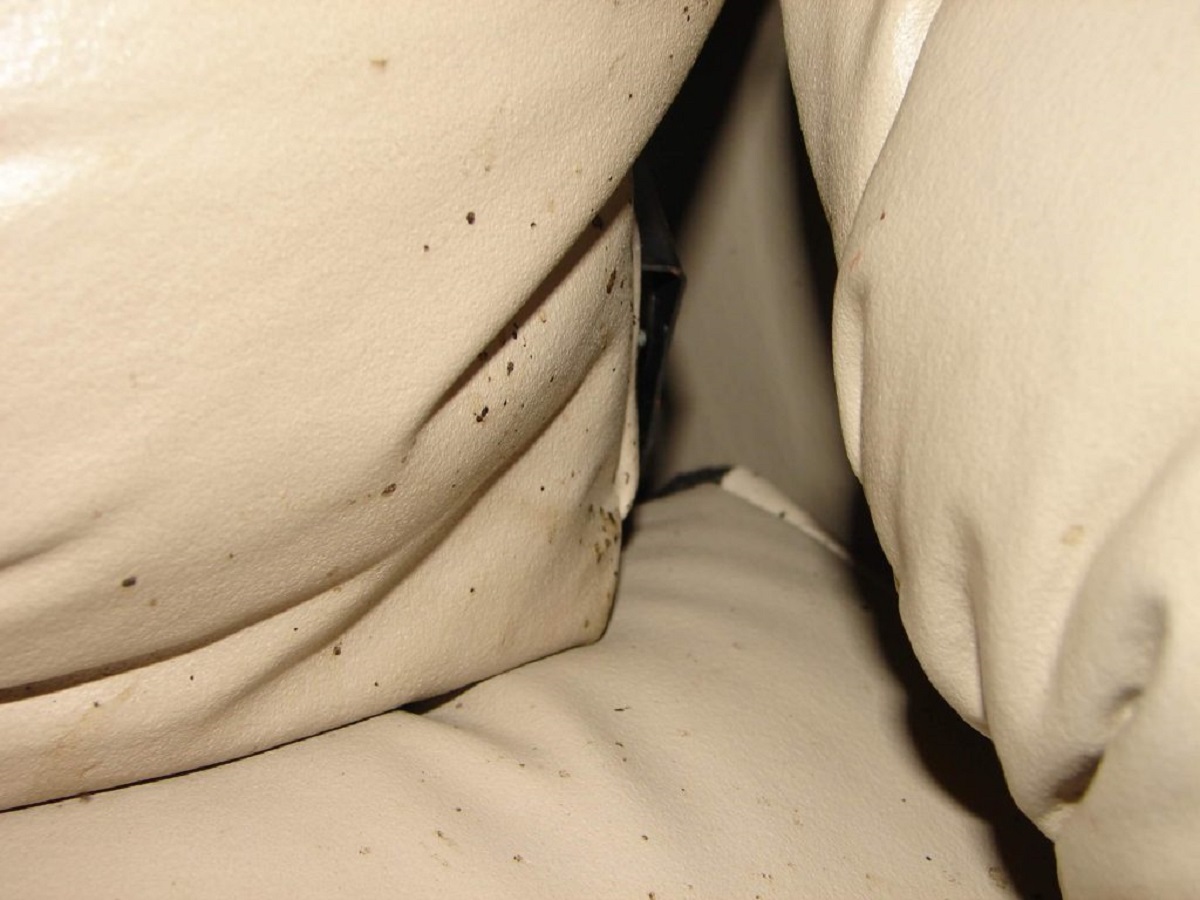
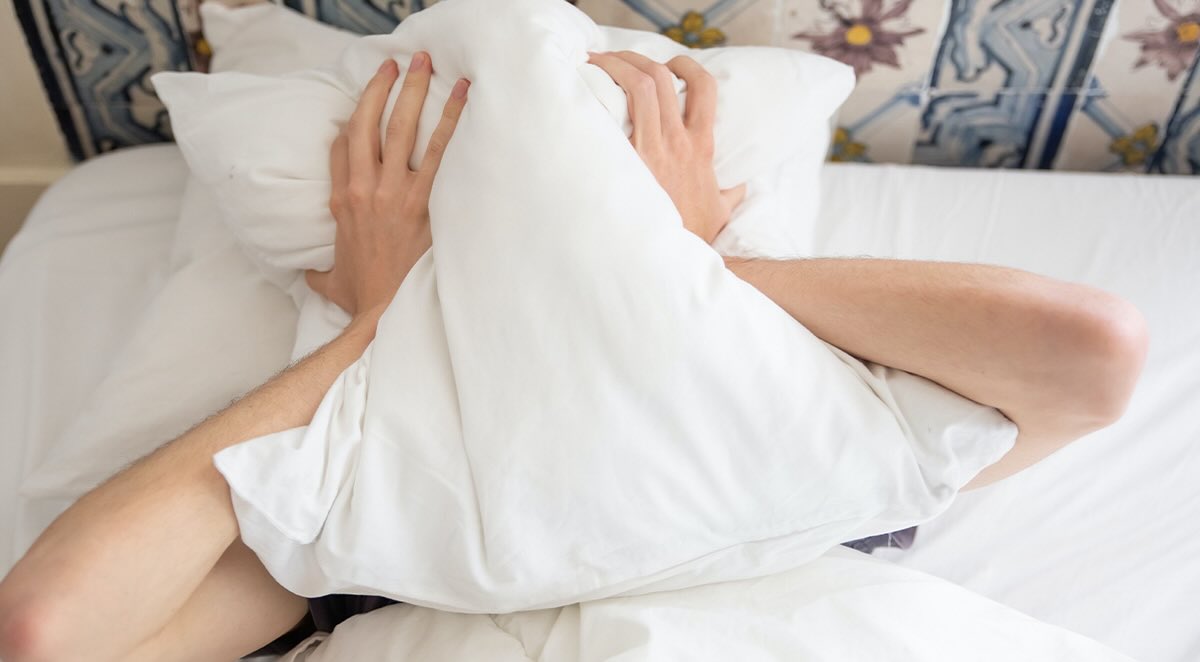
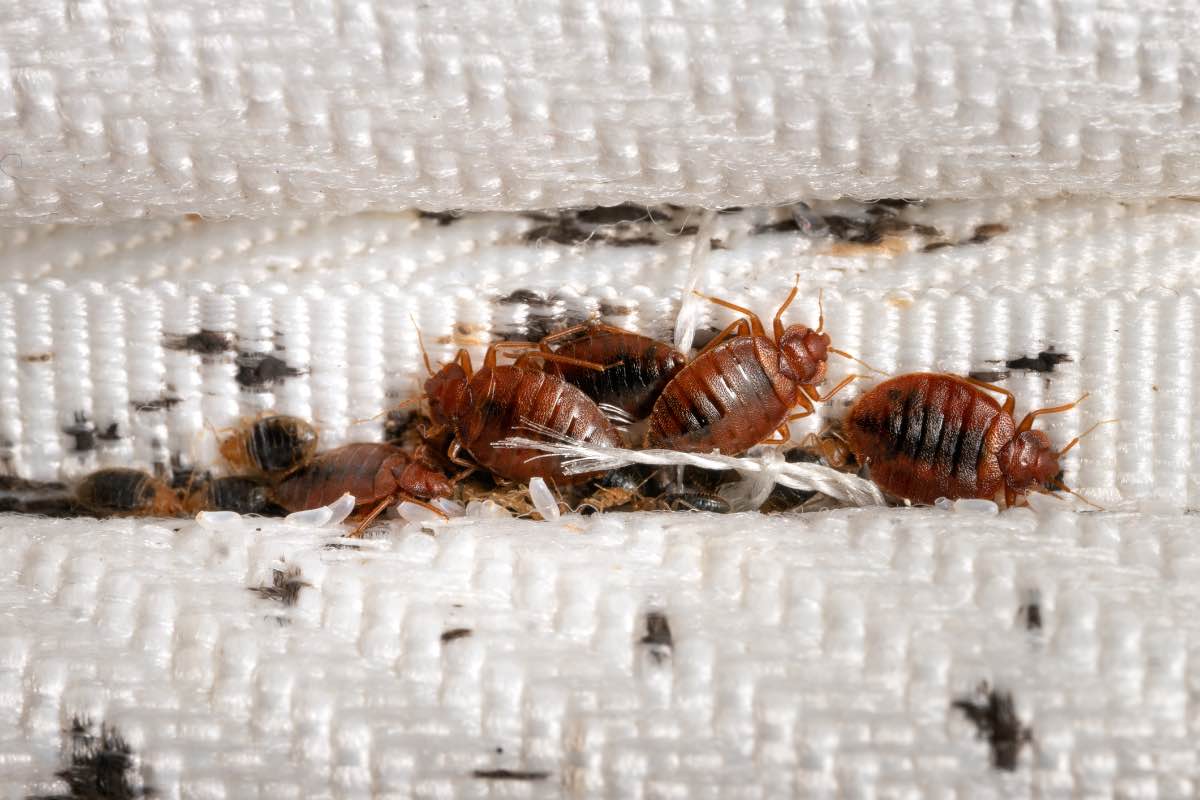
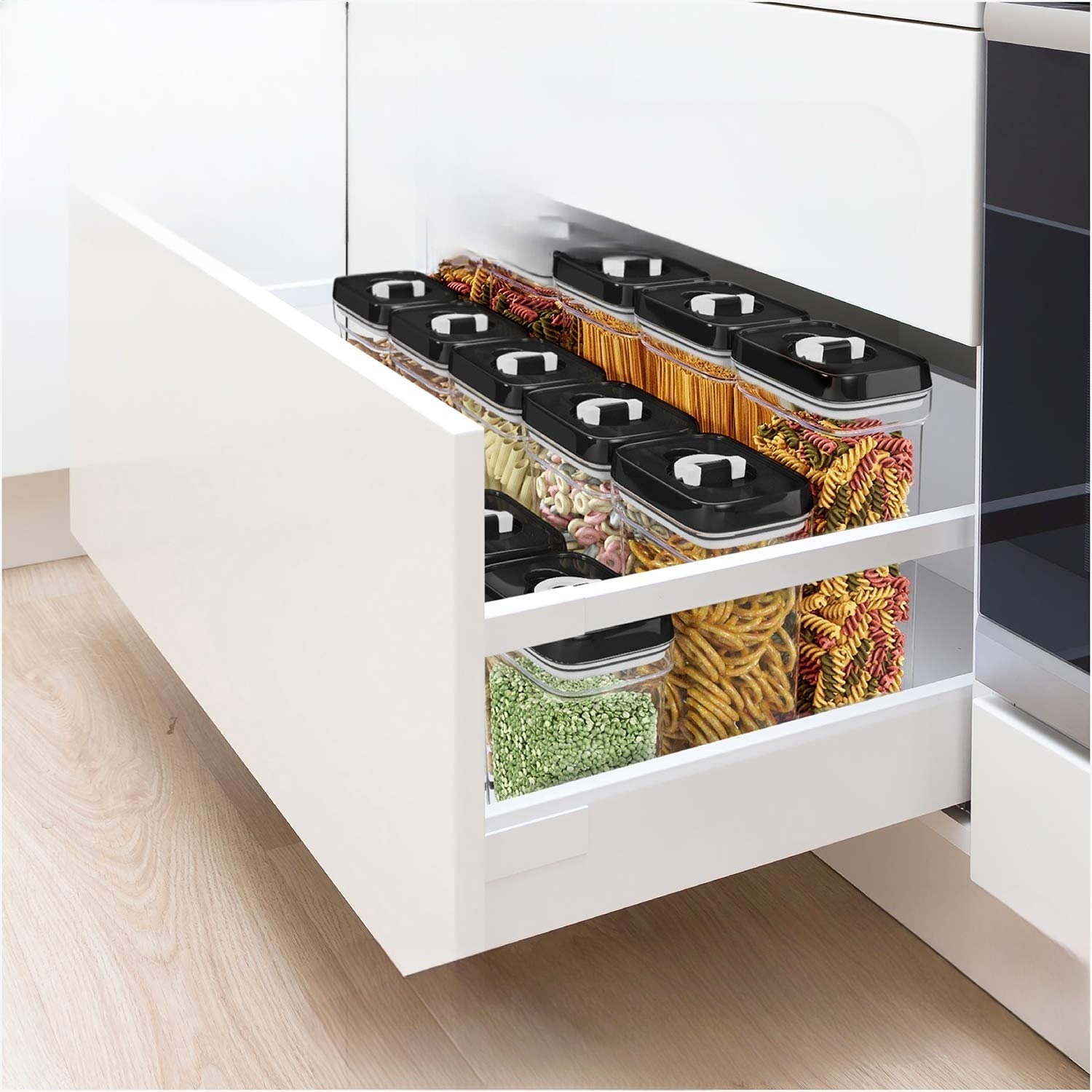
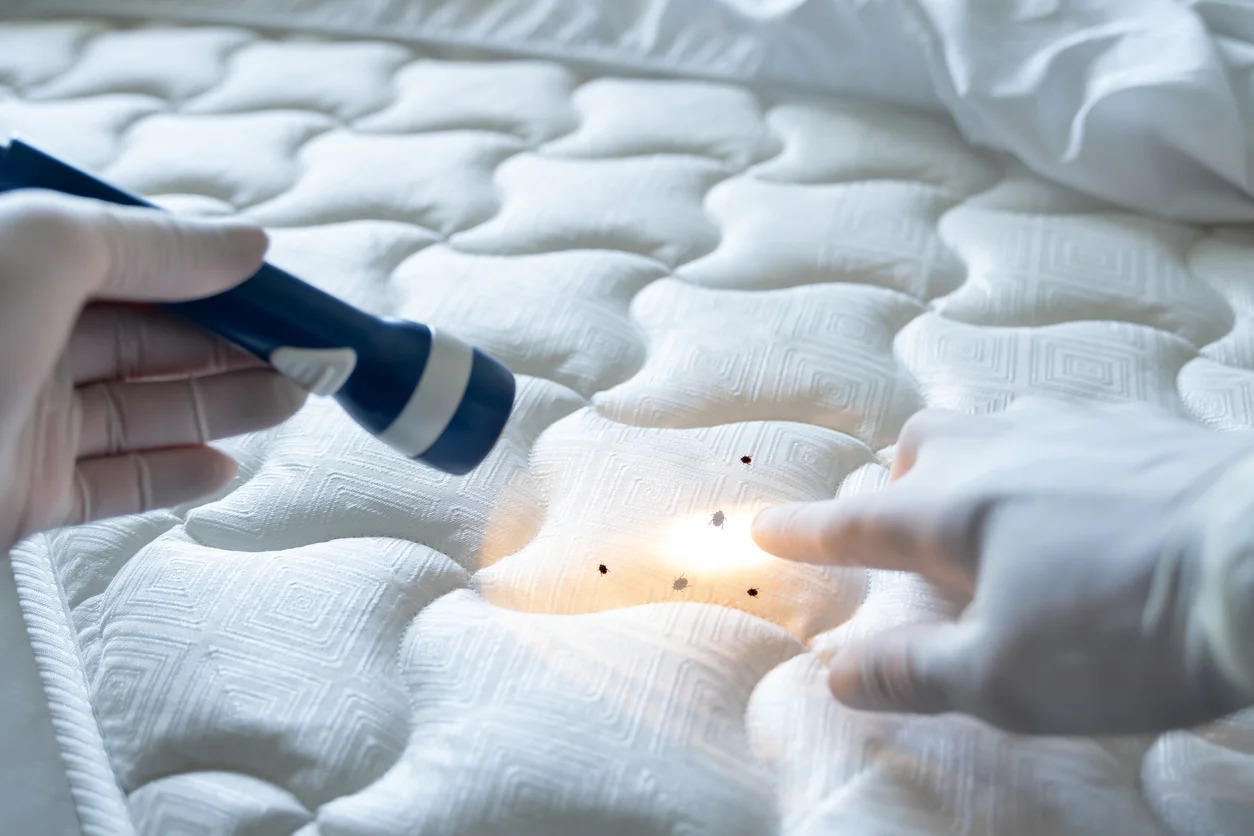
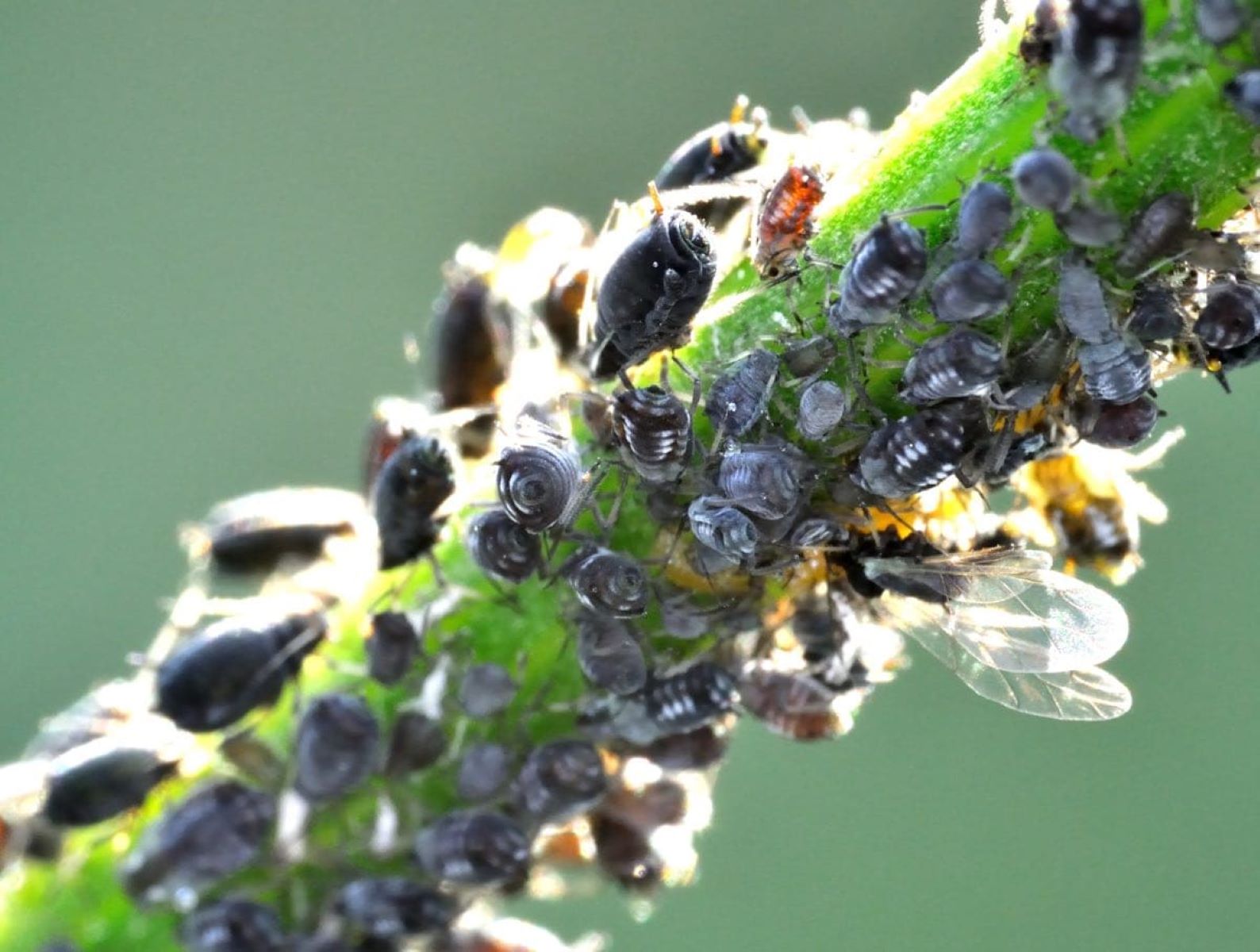
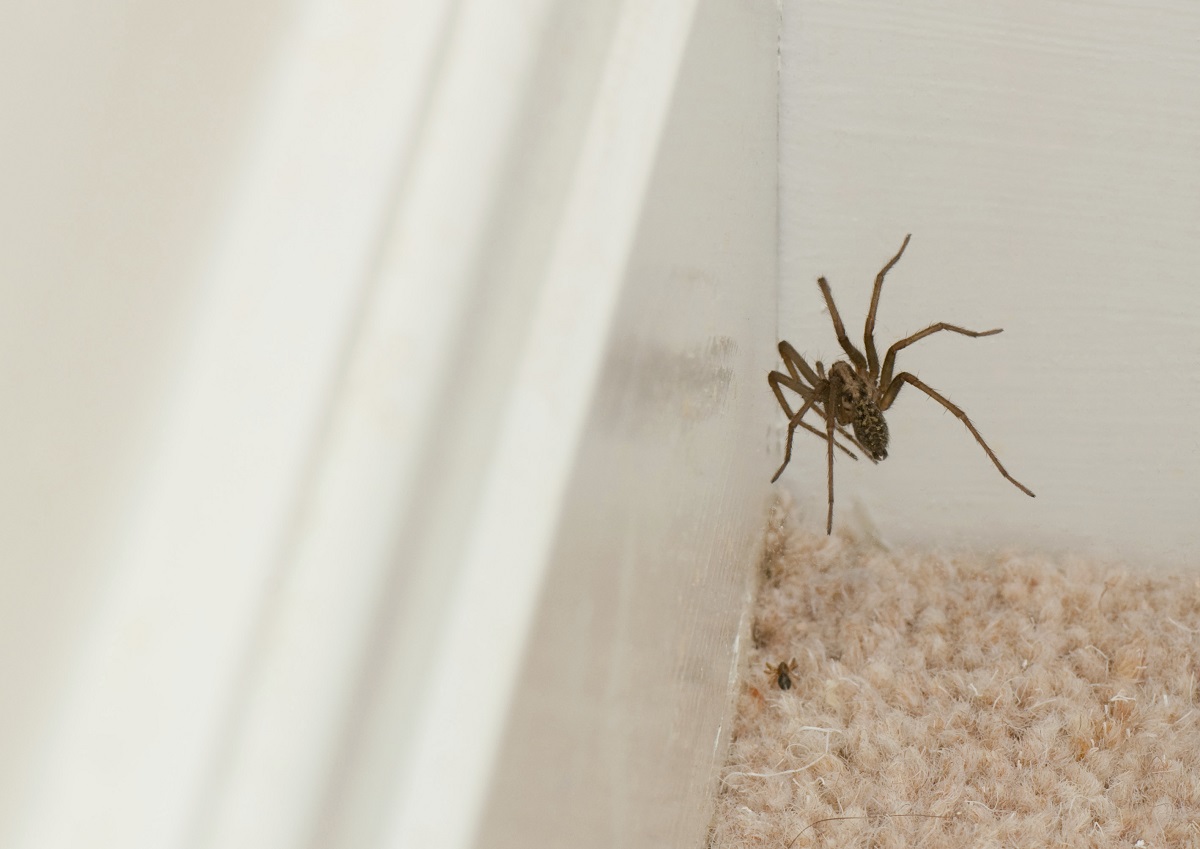
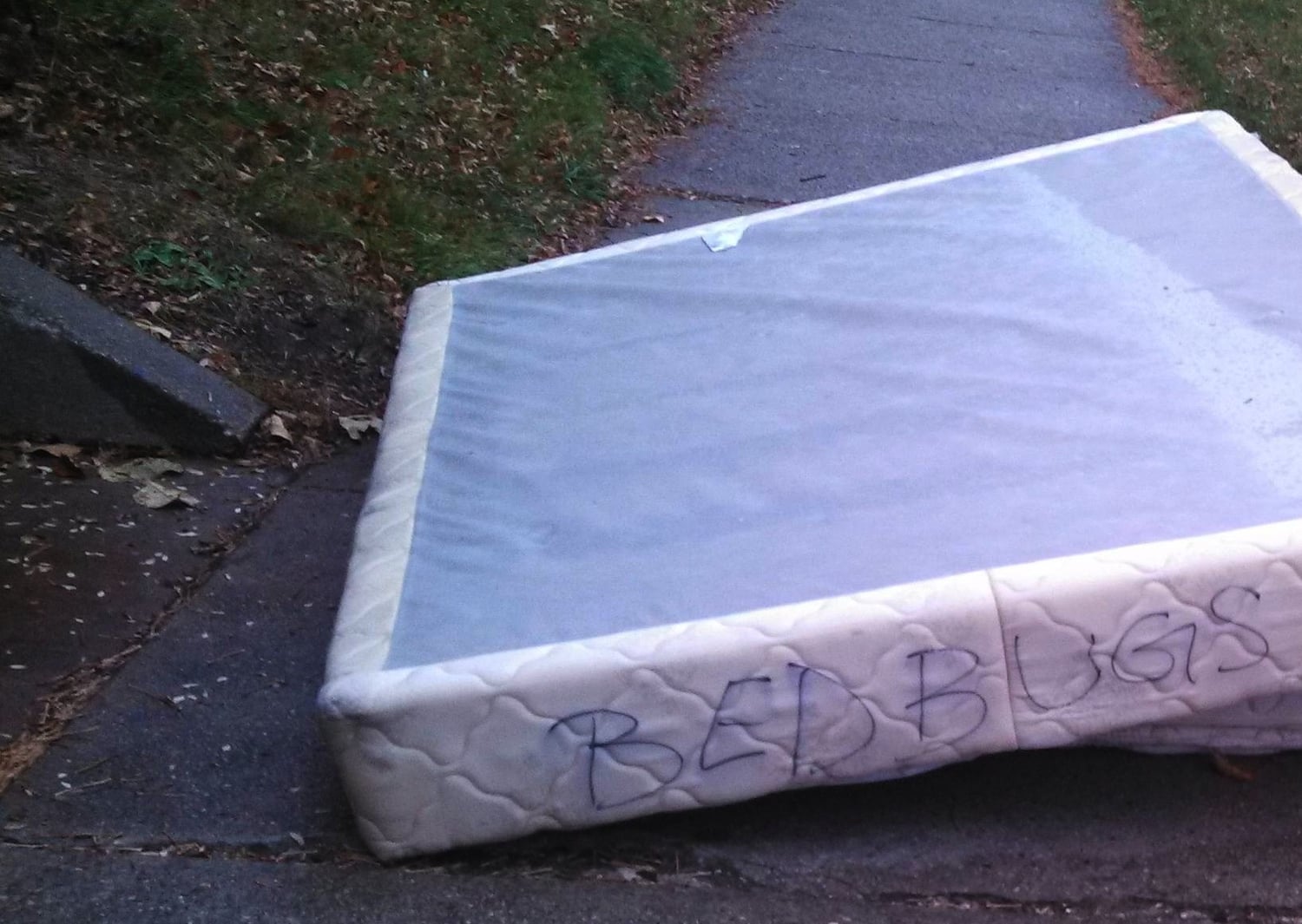
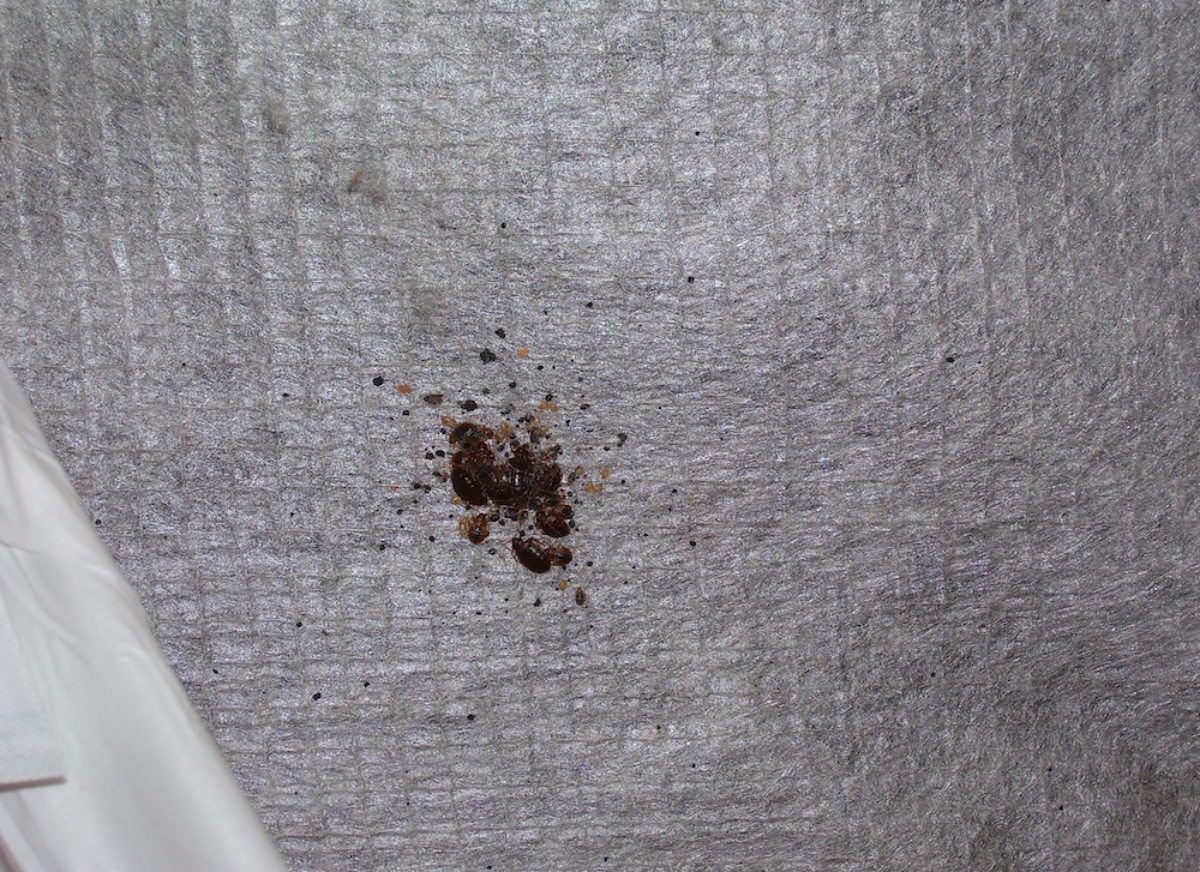
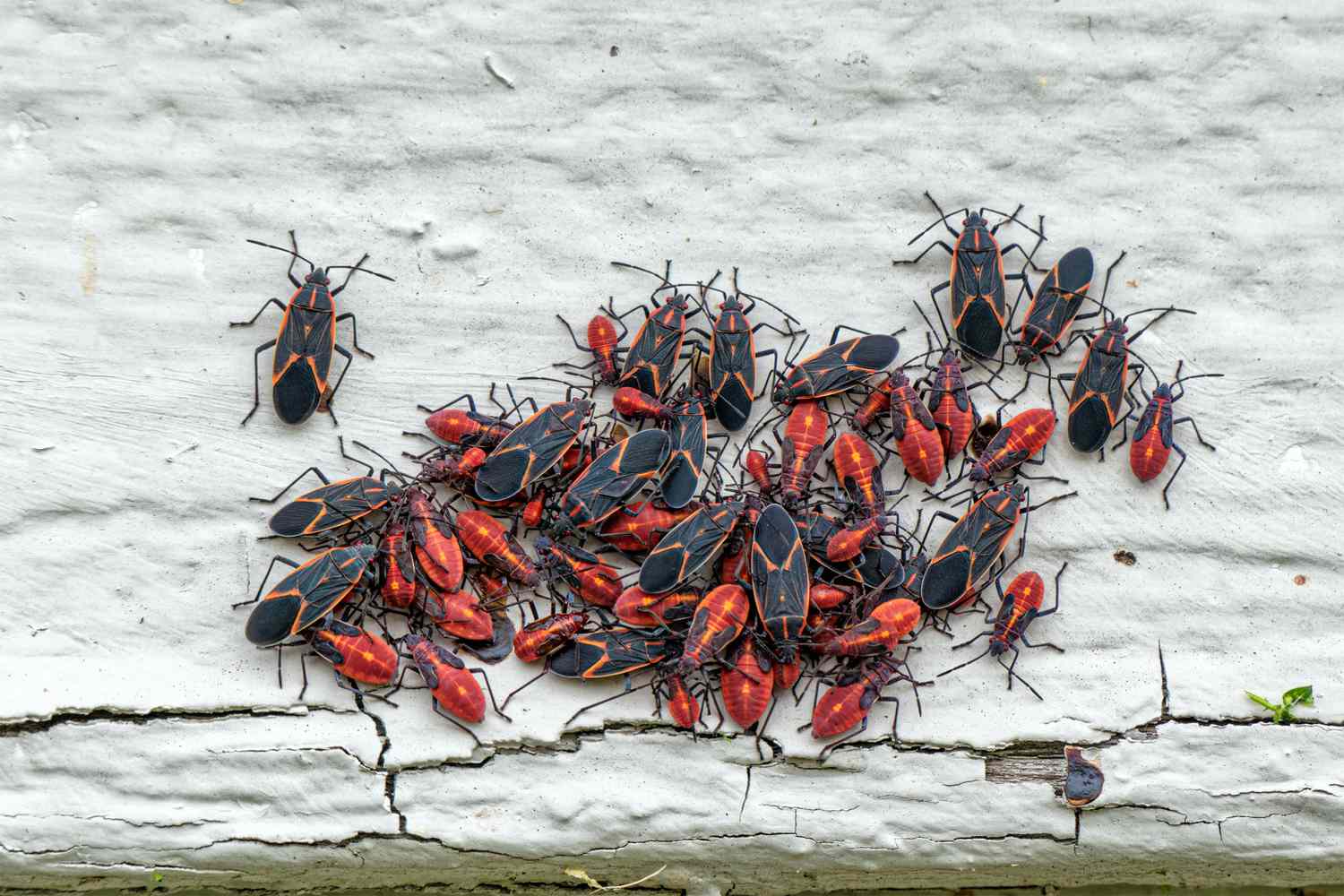
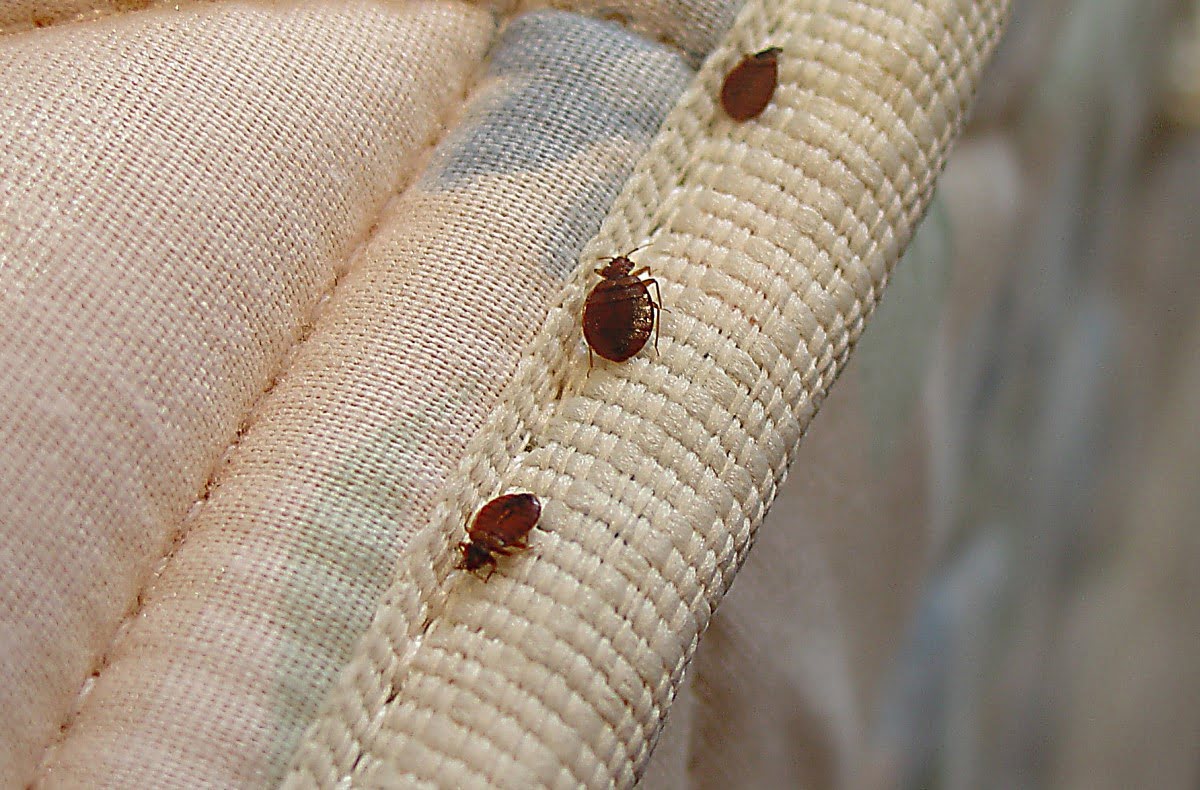
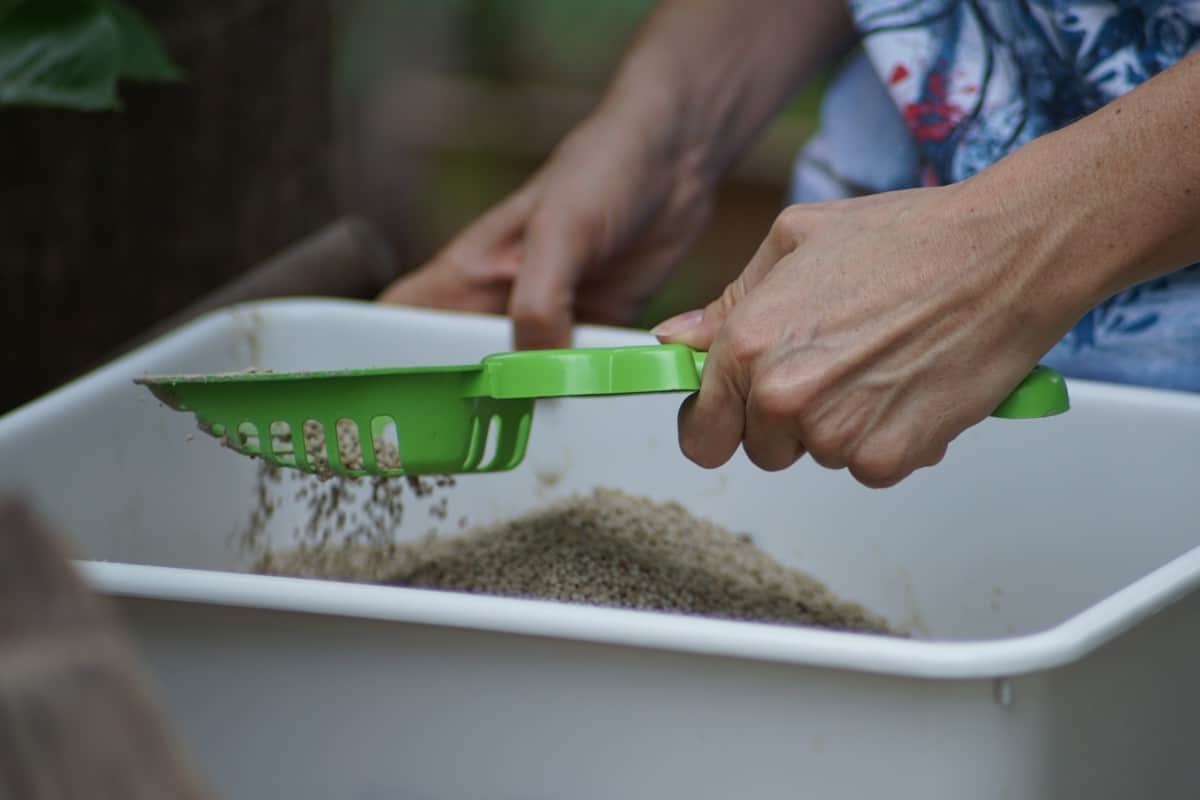
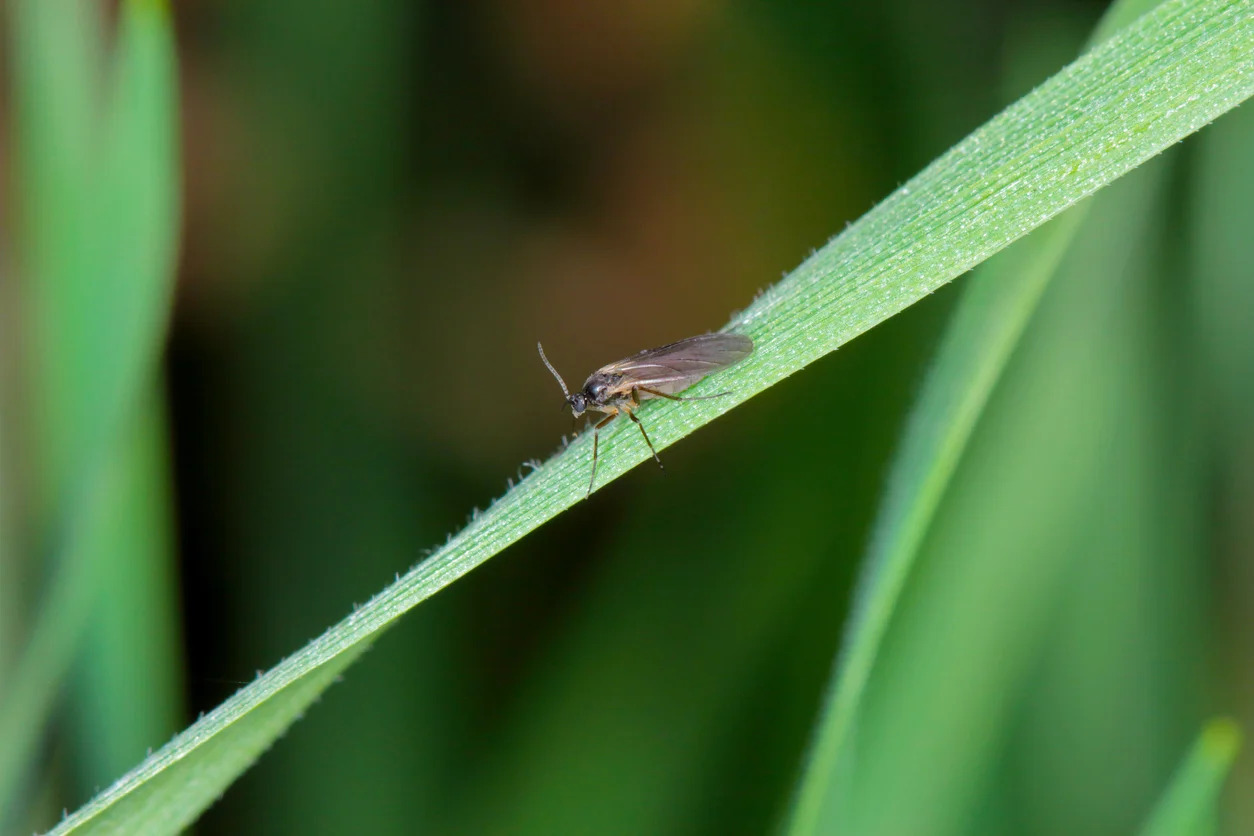

0 thoughts on “How To Get Rid Of Bed Bugs On A Mattress”